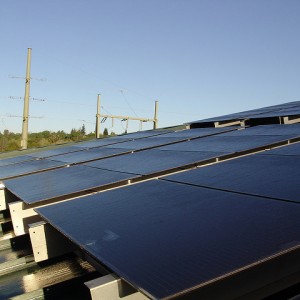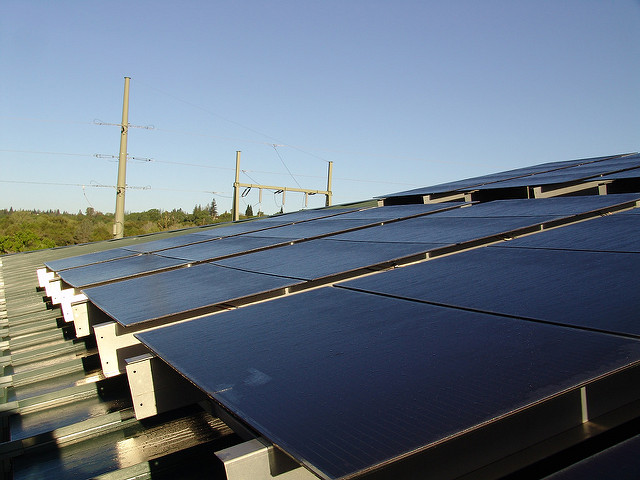Mark Bailey, the Minister for Energy, Biofuels and Water Supply recently revealed that Queensland has achieved over 50 per cent of its quest to meet the Government’s 2020 solar target of producing 3,000 megawatts of generation capacity from installed solar panels.
“According to the latest data from our solar tracker, Queensland has more than 1,600 megawatts of installed solar generation capacity which means more than 426,000 Queensland homes are now enjoying the benefits of solar rooftop electricity generation,” said Mr. Bailey.
Mr. Bailey added that the state has one of the highest rates of rooftop solar systems penetration worldwide, and that all the state’s installed solar panels collectively represent the second biggest power generating station in Queensland.
Solar installations increased as the year progressed, with August to November making up four of the five best months in 2016 for the total number of rooftop solar systems installed in the state.
Fast forward to the future, the Minister indicated a possibility of having an alternative time varying feed-in tariff (T-FiT) in Queensland’s key regional areas to be determine by the Queensland Competition Authority (QCA) by mid-2017 following a public consultation process.
“The optional T-FiT, which will complement the existing flat rate FiT, offers solar customers more market reflective prices with lower rates in off-peak times and a higher rate during a daily peak period,” Mr. Bailey stated.
“The T-FiT can provide additional value to households who are able to take advantage of a peak price being introduced.”
In early 2016, solar households in the regional Queensland got a boost when the Queensland Competition Authority declared a cool feed-in tariff of 7.448 cents per kilowatt hour for its regional customers; 17.3 per cent above that of the 2015-16 period.
The Government has also insinuated plans to increase the size of systems in the regional areas that qualify for a solar feed-in tariff from a mere five kilowatts to thirty kilowatts. Those households that have installed systems above 5 kilowatts will also qualify.
“This change will require amendments to regulation which are expected to occur in the first half of 2017,” stated Treasurer Curtis Pitt.
In late 2016, the Queensland Government ruled out a scale down of the Solar Bonus Scheme, a legacy feed-in tariff program. Furthermore, the state will reject recommendation allowing participants of the Scheme to forfeit their feed-in tariff should they install home battery storage systems.
IMAGE via Western Area Power

